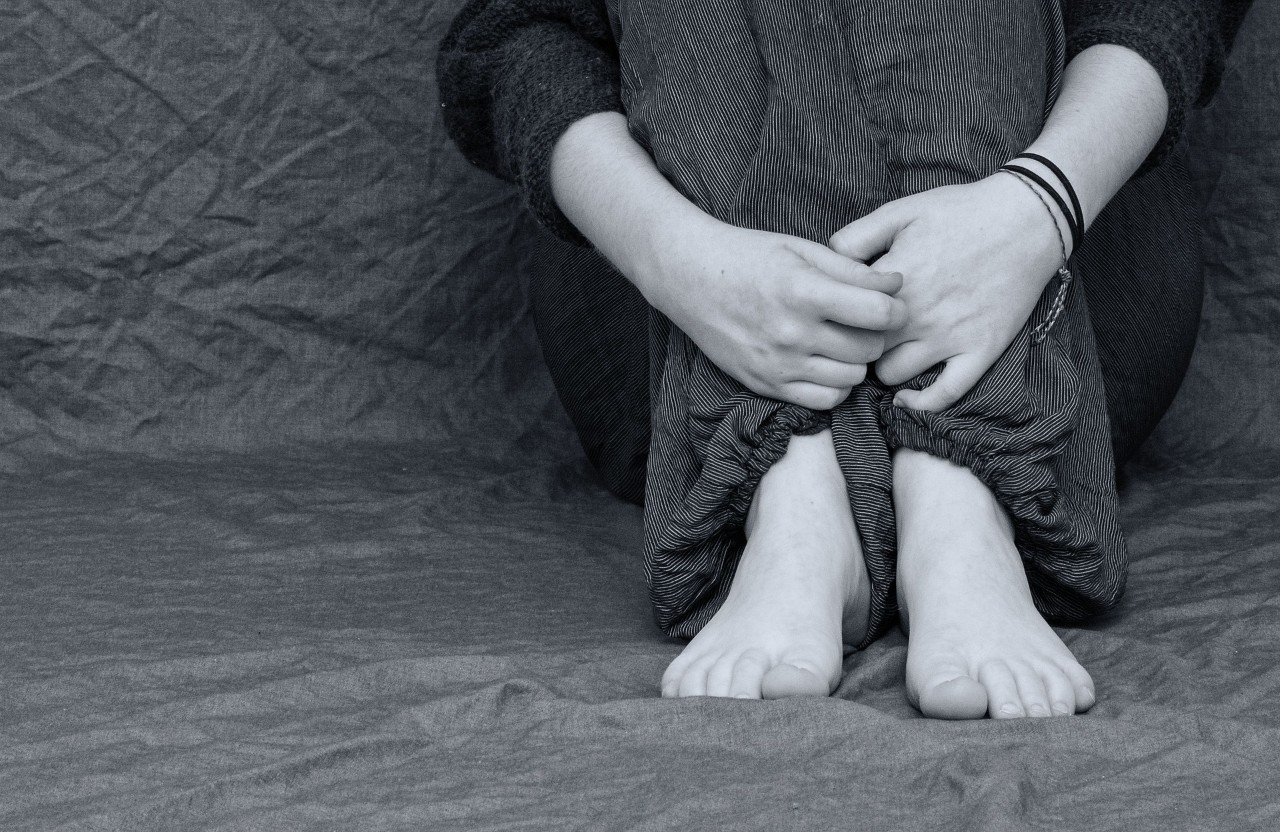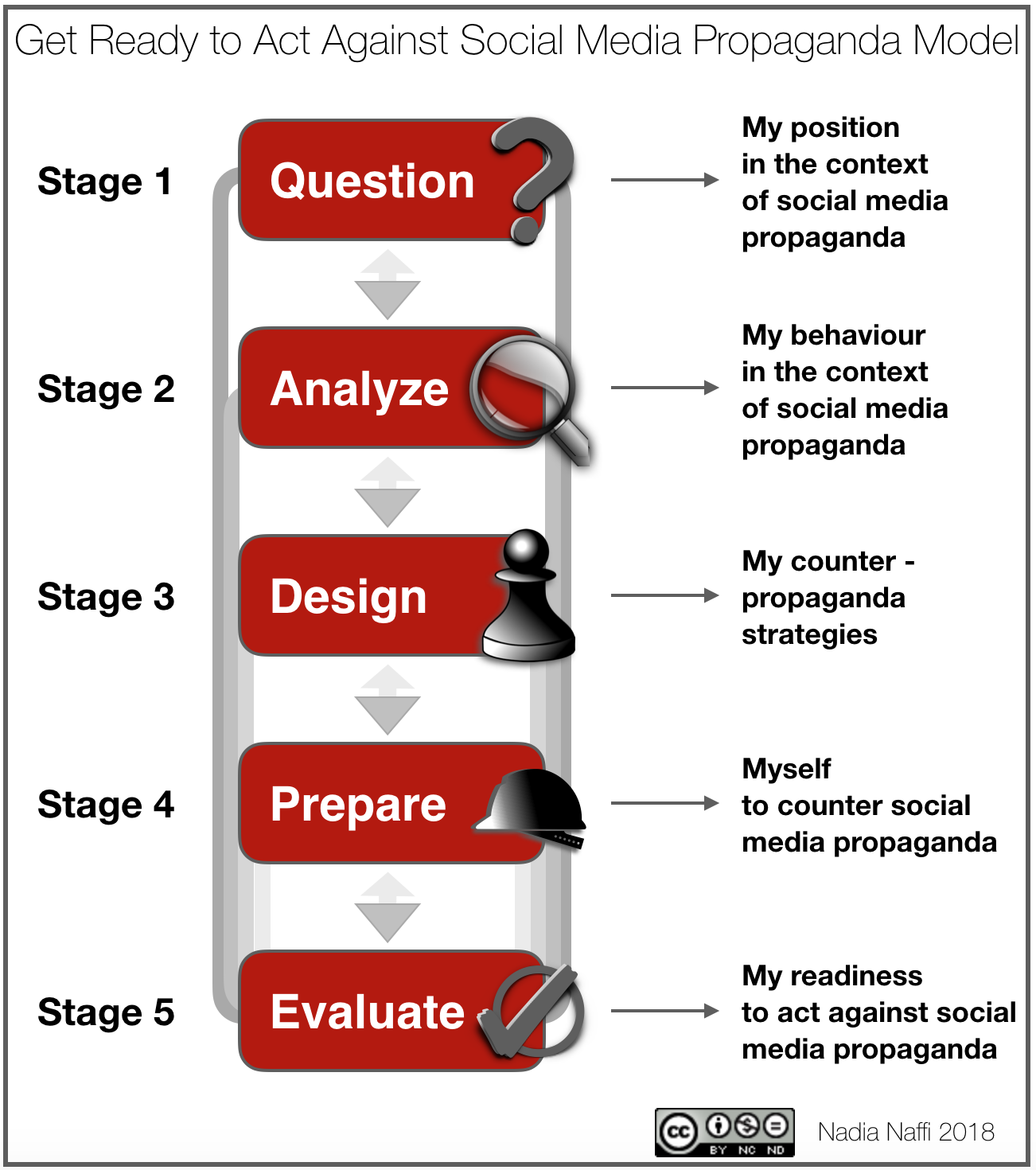Nadia Naffi Ph.D. is an MT180 Laureat, a SSHRCStoryteller winner, Media Outreach Award for Graduate Research Communicator of the Year (2016-2017) and an expert in social inclusion, social integration and social media.
Naffi is also a full-time faculty (LTA) at Concordia University in the education department. With over 20 years of experience facilitating classes at the elementary, high school, baccalaureate, magisterial and doctoral levels, she serves as an educational technologist and a consultant in the development of online courses and specializes in the design of synchronous and asynchronous training, as well as in interactive experiential learning in a problem-based learning approach.
Through her SSHRC funded research she focuses on the role of host society youth in the integration and the inclusion of refugees in the context where the image of refugees is deeply influenced by social media and fake news. The methodology that she developed based on Personal Construct Psychology, engages youth in critical thinking about media content and its influence on how they perceive the “the Other” and the world events involving this “Other” through the pedagogy of understanding oneself.


